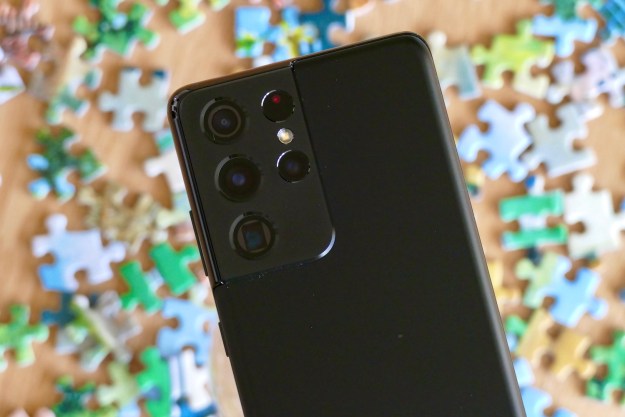
Citing declining sales due to the vast popularity of digital photography, Kodak announced today that it is officially retiring its Kodachrome film, after a 74 year run. Kodachrome was the world’s first commercially successful color film, and first hit the market in 1935, and was a standby of both professional and film photographers for decades. At one point the trademarked term faced the same danger as Kleenex, Xerox, and Google: being used generically to indicate any color film, not just a particular brand within Kodak.
"Kodachrome Film is an iconic product and a testament to Kodak’s long and continuing leadership in imaging technology," said the president of Kodak’s film, photofinishing, and entertainment group Mary Jane Hellyar, in a statement. "It was certainly a difficult decision to retire it, given its rich history. However, the majority of today’s photographers have voiced their preference to capture images with newer technology—both film and digital."
Kodak currently pulls about 70 percent of its revenue from commercial and consumer digital businesses; Kodachrome represented just one percent of Kodak’s total still-picture film sales.
Supplies of Kodachrome should last through early autumn. Dwayne’s Photo says it will offer processing through 2010—and they’ve been the only lab processing Kodachrome for some years.
Kodak has assembled a gallery of a few of the iconic images taken with Kodachrome film over the years: check it out, we bet you’ll recognize more than a few.
Editors' Recommendations
- Low-flying Spidercam takes down sports player
- Insta360 cameras take a speedy ride around Monaco’s F1 track
- Snapchat’s pocket-sized Pixy drone takes to the skies
- Watch this FPV drone take on the world’s highest waterfall
- In Google’s new world, your phone camera is for way more than taking photos

